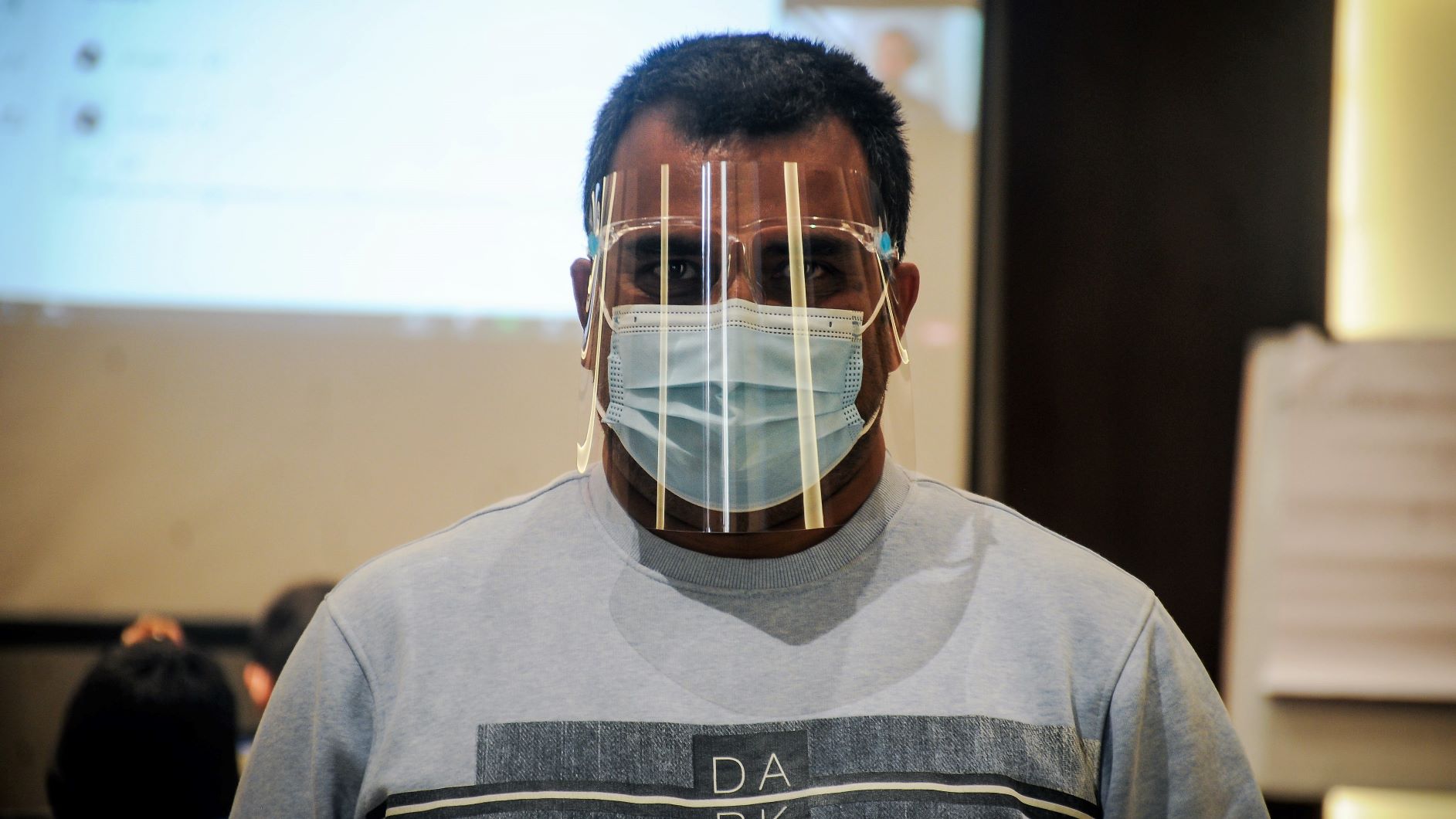Prof. Parsuram Kharel, a few years ago, informally told his students that he was working on to publish books on media issues that other writer dared not venture into. His latest book, “Political Communication: Media, Message and Meaning” is in fact a promise delivered. It is the best media book ever written by a Nepali writer.
 For a student or researcher in Nepali journalism, the lack of authenticate literature based on scholarly studies, not experiences and opinions, has remained a frustrating shortcoming for a long time. Recently, there had been a flood of books on journalism but most of them are merely compilation of relevant paragraphs from published works – and they seriously lacked the Nepali context.
For a student or researcher in Nepali journalism, the lack of authenticate literature based on scholarly studies, not experiences and opinions, has remained a frustrating shortcoming for a long time. Recently, there had been a flood of books on journalism but most of them are merely compilation of relevant paragraphs from published works – and they seriously lacked the Nepali context.
Political Communication, a result of a project commissioned by Sangam Institute to its senior fellow, is a tasty fare of theoretical ideas on the contemporary issues of media-mediated communication and critical analysis of practices in global and local contexts. In 12 chapters, the book defines relationship between the public and politics; presents various roles media can play, for good and bad, within various forms of political system; and critically analyses the impact of the roles played by media on itself, the public and the political system.
Beginning from the introduction of communication as an ancient political tool, the author begins with defining key terms and concepts, and stressing on the importance and necessity of press freedom. He then moves into the various practices within the media, the control mechanism as the political system, parties and media itself to describe various roles that media can play – and the critical look into the roles.
The contrast and comparison that the author provides in chapters such as “News Media: Public Space vs. Partisan Forum,” “Propaganda and Manipulation: Lapdog and Watchdog” and “National Interest/Patriotism” makes it easier to understand and analyze the concepts even to those who are not well-versed in journalism terms.
A chapter that needs a special mention is “Media in Nepal” which concisely presents the history and the present context of media and press freedom. The chapter also has a content analysis, “Political News in Nepal’s Press” in which 12 dailies and 13 weeklies are analyzed for a month. The findings suggest that Nepali press is overwhelmingly dominated by Kathmandu-centric political issues, and that even in political news, there are a lot of shortcomings. The content analysis contributed to the author’s observation, in an earlier chapter:
The overwhelming section of Nepali media is partisan not because they cannot access information but because they chose to… more media do not necessarily guarantee better media; faster media also do not automatically mean better content. It is only when more media carry content accompanied by pluralism and diversity of issues through speedy dissemination that the all-embracing quality comes to the fore.
Sadly though, throughout the book, it is eminent that contemporary Nepali media has not only failed to develop into a fair medium but also has not succeeded in performing its role as the Fourth Estate, as a press of the public.
The author is critical of Nepali media and politics. While his critical look at media are seemingly authentic for his long experience as a journalism and media critic, at instances, his criticism of politics and politicians seems to be more of a personal commentary. For a book of this latitude, political opinions as such should have been avoided. A sample:
TV debates or no TV debates, it is the same crop of politicians who always rule the roost. In the new scheme of Nepali politics, even elections do not seem to matter much, given the electoral history of the cabinet that is managing the Nepali political transition.
The strength of the book lies in the clear and concise theoretical framework upon which the author builds the ideas and opinions with examples – both historical and contemporary – and both on local (national and South Asian) and global perspectives. The author proudly says he “waded through piles of press clippings and other documents gathered over a period of 20 years to produce the manuscript” and the content of the book does reflect his hard work.
The book is a gem on Nepali media for students, scholars and all those interested in politics to understand the role, importance and best/worst practices of journalism. To the general public, the book serves as an eye-opener to critically look into the information that they receive from the media.
The book is priced Rs. 500.
DISCLAIMER: I have been a student of Prof P Kharel throughout my college career and he also supervised my master level dissertation.

 For a student or researcher in Nepali journalism, the lack of authenticate literature based on scholarly studies, not experiences and opinions, has remained a frustrating shortcoming for a long time. Recently, there had been a flood of books on journalism but most of them are merely compilation of relevant paragraphs from published works – and they seriously lacked the Nepali context.
For a student or researcher in Nepali journalism, the lack of authenticate literature based on scholarly studies, not experiences and opinions, has remained a frustrating shortcoming for a long time. Recently, there had been a flood of books on journalism but most of them are merely compilation of relevant paragraphs from published works – and they seriously lacked the Nepali context.
